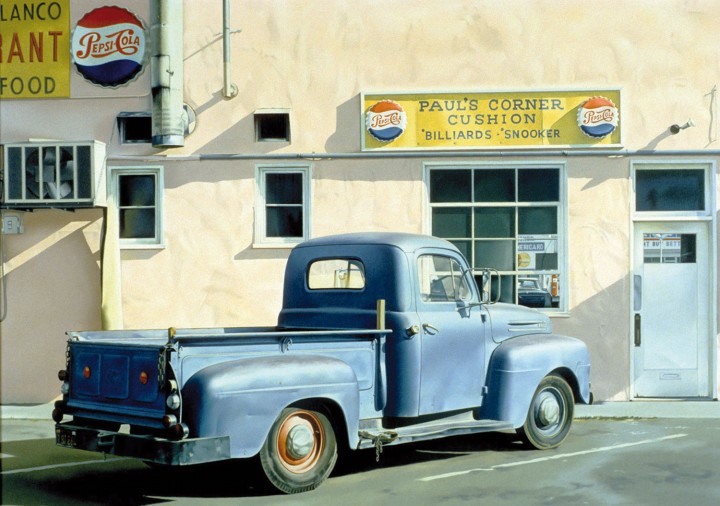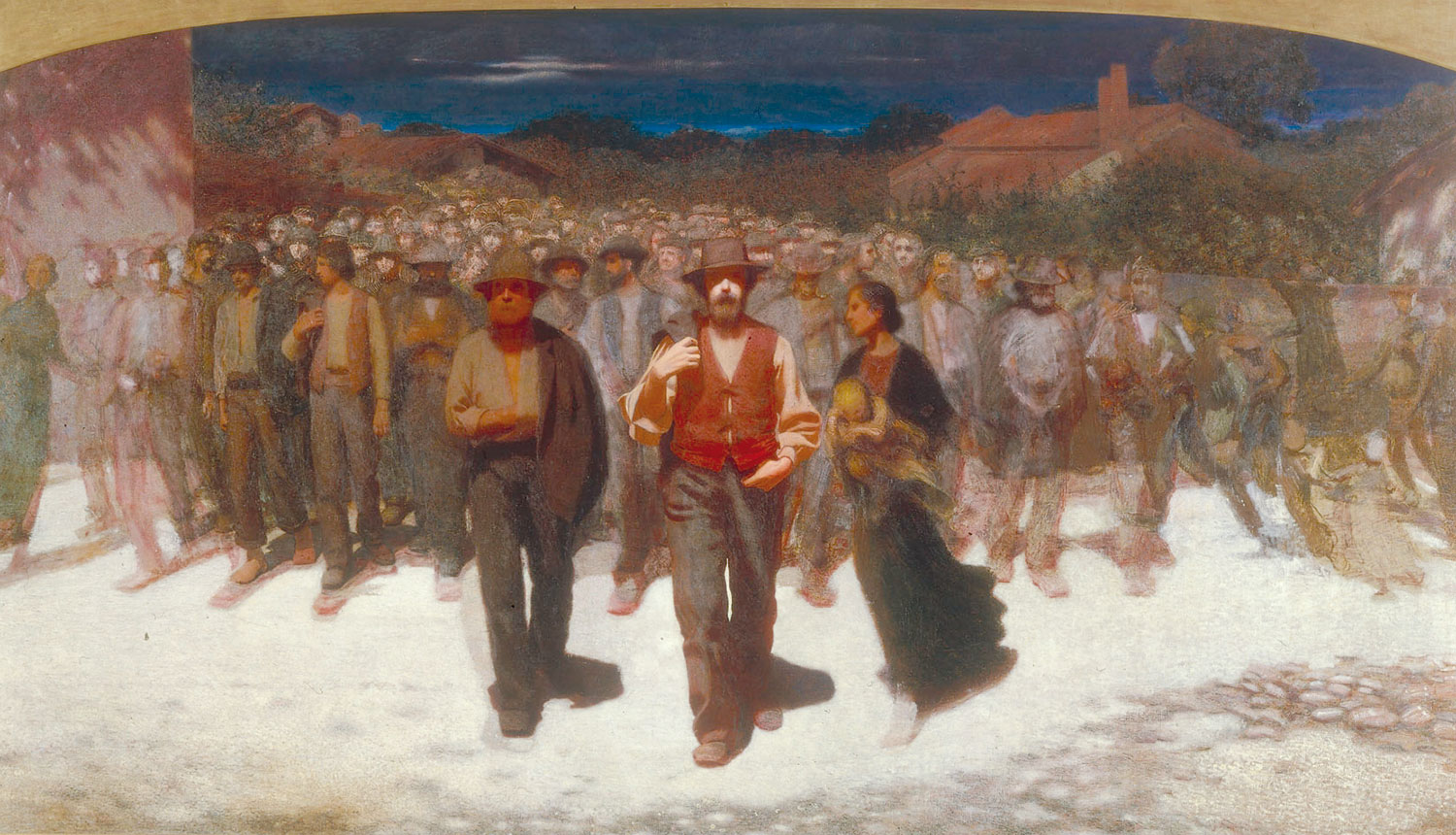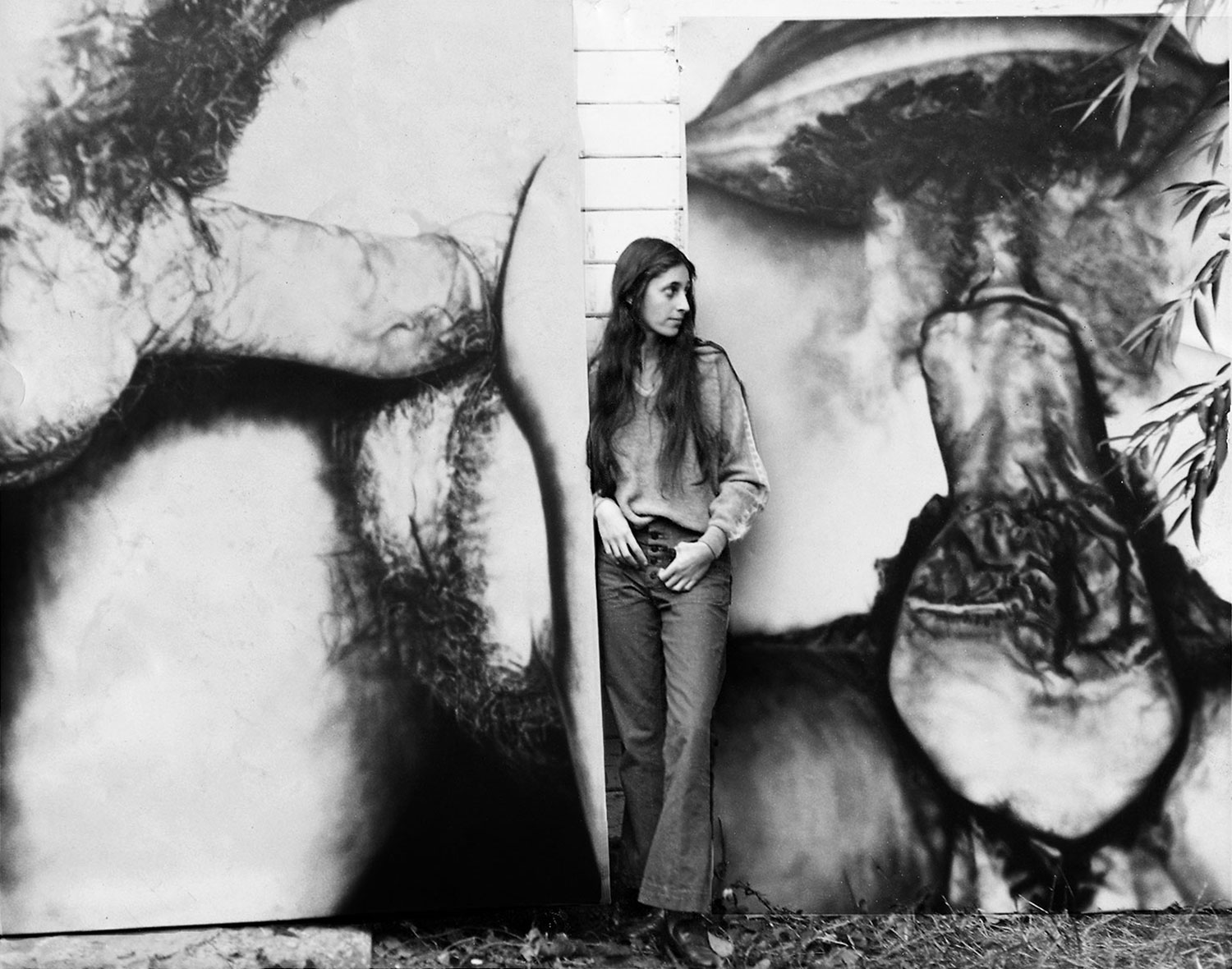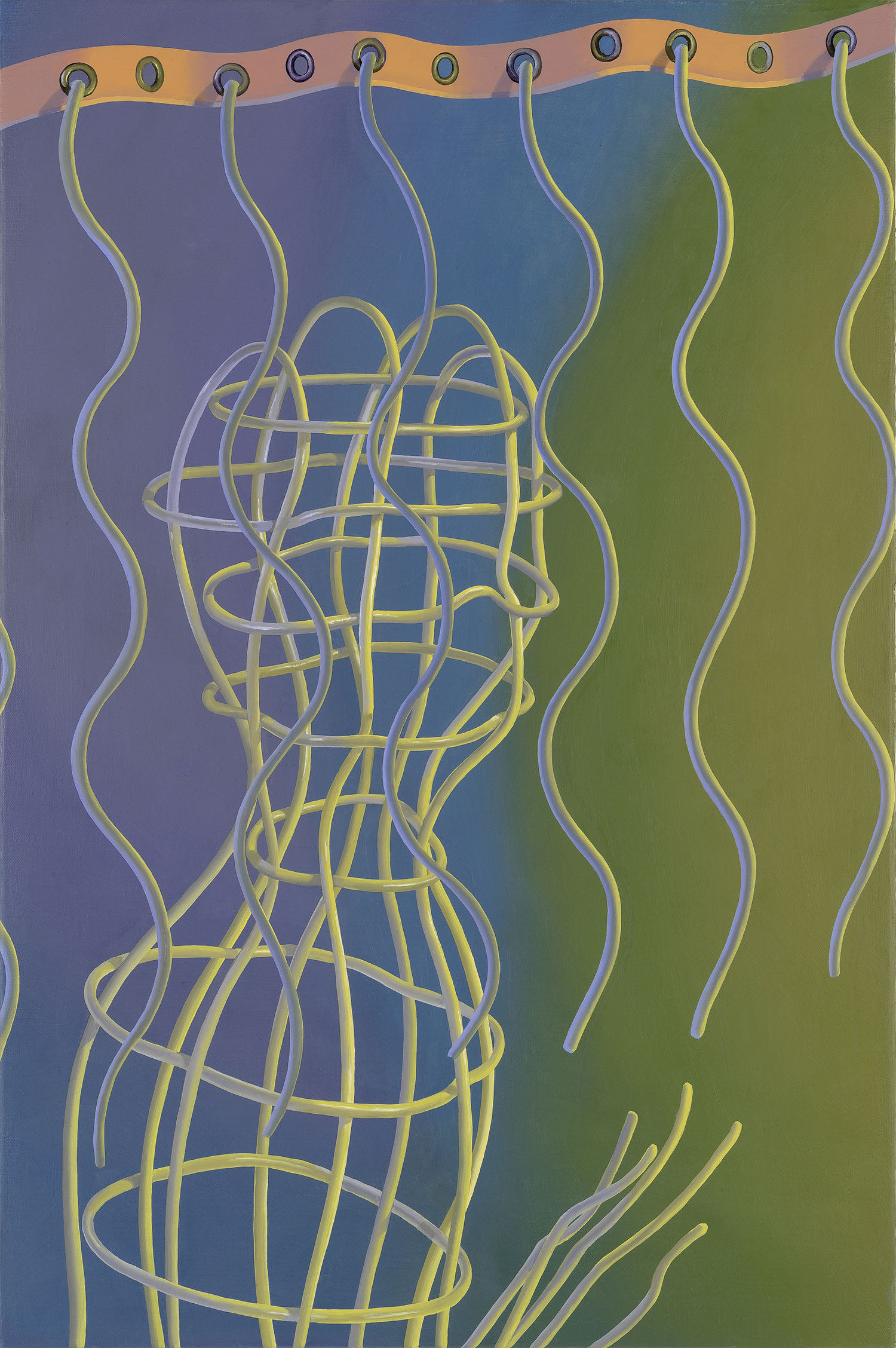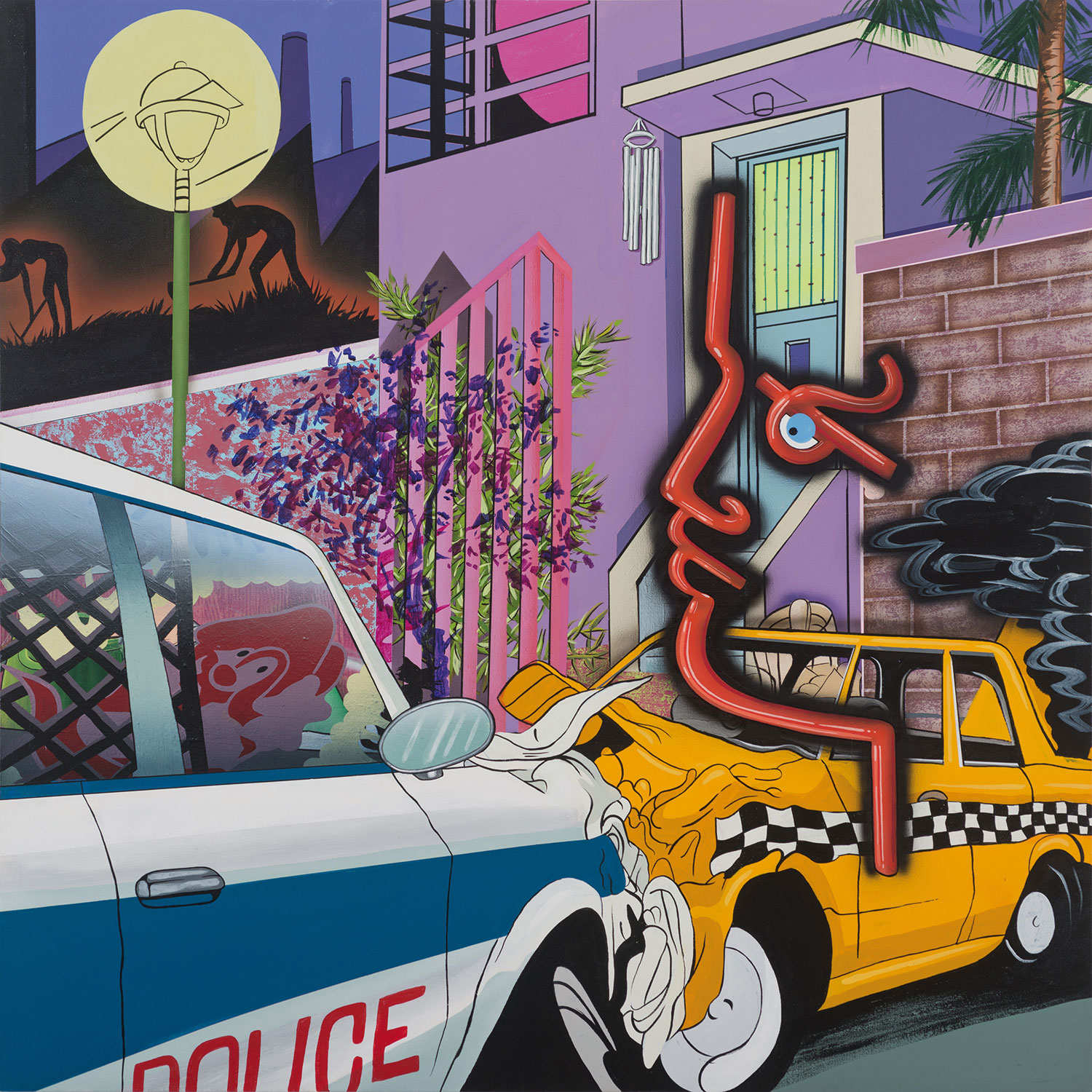
This issue of Flash Art introduces a new framework for our ongoing engagement with contemporary art and its discourses. In addition to our structured issues that gather seasonal highlights or focus on individual cities, Flash Art will periodically undertake multifaceted investigations of key themes within art production today.
For the July-August-September 2015 issue we delve into the appropriationist, realist and photorealist tendencies that characterize the practices of several emerging figurative painters. In 1972, Harald Szeemann’s Documenta 5 challenged the mass media’s agency over factual representation. Titled “Questioning Reality – Pictorial Worlds Today,” the exhibition provided what is perhaps the most exhaustive account of pictorial photorealism, gathering the art of American Photorealists Robert Bechtle, Chuck Close, Robert Cottingham, Don Eddy, Richard Estes, Ralph Goings, Howard Kanovitz, Malcolm Morley, John Salt and Ben Schonzeit.
Today, the pervasiveness of the internet and the progressive erosion of the “concrete” through the emergence of virtual realities suggests a theoretical update to the notion of realism in painting. These manifold realities animate the work of painters, providing subject matter but also informing their pictorial language in terms of technique and style. The “pictorial worlds” narrated by Szeemann have developed into a “co-reality” in which the real and the virtual co-exist within and upon the painting itself. The “co-reality” of the painting suggests that the question of reality in contemporary art production is no longer limited to the depiction of everyday existence, but necessarily deals with strategies of image-making on the canvas.
In four roundtables — involving painters Sascha Braunig, Jordan Casteel, Leidy Churchman, Van Hanos, Jamian Juliano-Villani, Tomasz Kowalski, Birgit Megerle, Alan Michael, Greg Parma Smith, Nolan Simon and Avery K. Singer — we discuss different levels of cohesion between the imaginary and the actuality of painting. We raise questions related to subject matter and contemporary image culture; labor, technique and connoisseurship; the “gendered” gaze; and, finally, the role of technology in “producing” reality. Alongside the roundtables, we envision an alternative history of photorealism through a series of essays examining individual paintings by lesser-known figures associated with this tendency. These essays explore works by Nathalie Du Pasquier, Franz Gertsch, Giuseppe Pellizza da Volpedo, Lisa Ruyter, Betty Tompkins and Wang Xingwei. These painters, each in their own specific way, address photorealist conventions while inviting a reconsideration of the historical premises of the genre.

